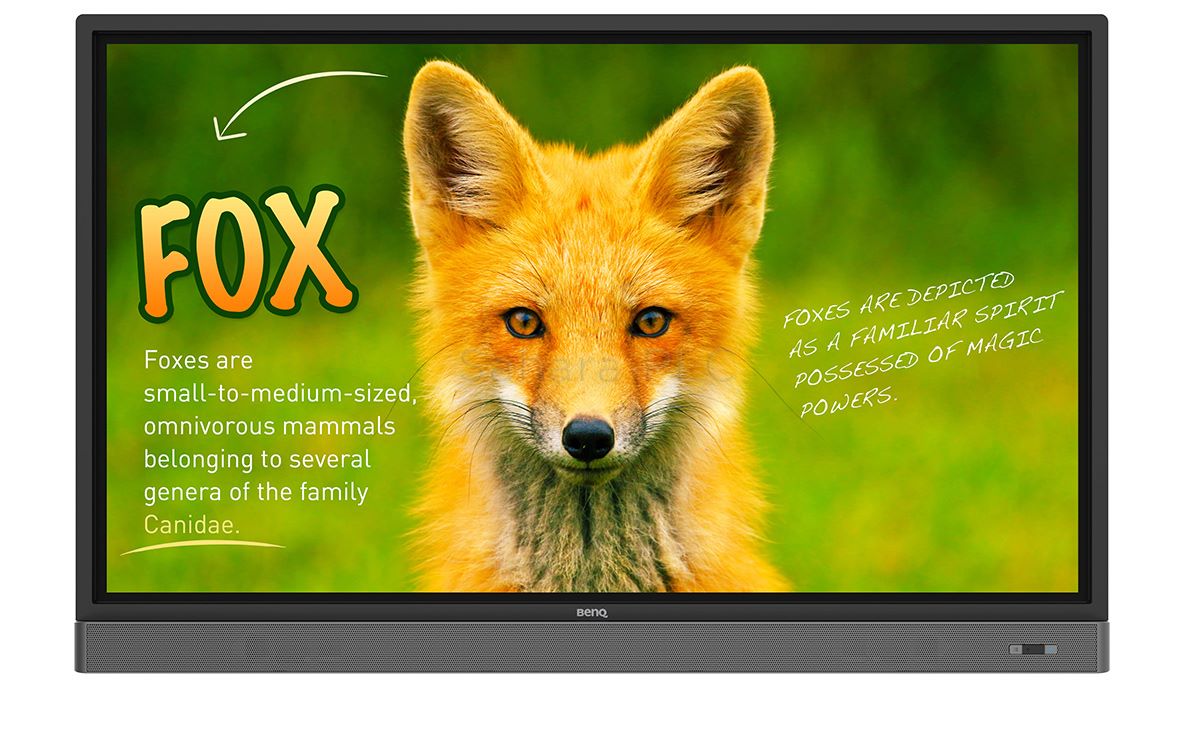Technology has made truly unprecedented strides since the 1990s, and, alongside it, so has the classroom. We moved from whiteboards and overhead projectors to interactive whiteboards and, now, we’re making the move towards interactive touchscreens.
That’s just the technology though, with entire swathes of the teaching environment getting changed and updated to better align with modern methodology.
It can be dizzying for those who haven’t been paying close attention, but the basics truth is that classrooms are growing more digitally-oriented and more collaborative with each passing year.
Much of that can be attributed to new technologies like interactive touchscreens from Clevertouch, but what are the frequently asked questions about interactive touchscreens in education? Join us as we answer them.
What’s the difference between interactive whiteboards and interactive touchscreens?
The primary difference between interactive whiteboards and interactive touchscreens stems from the technology used to create an image on the screen.
Interactive whiteboards require a projector to create an image on their surface, which means that the quality of the image and its brightness is dictated by the quality of the projector. In interactive touchscreen, meanwhile, works like your smartphone or tablet does, with a built-in screen which accepts touch.
This also removes any issues with shadows created by a projector and enables more touch points than an interactive whiteboard, enabling greater levels of collaboration between teachers and students on the same screen.
Do interactive touchscreens have a computer built in?
Yes and no. Clevertouch interactive touchscreens have what amounts to an Android tablet PC inside them, enabling quick use of major apps. However, they also have support connections to computers, just like a regular PC monitor would.
Can I use my existing Word and PowerPoint presentations?
Yes! Just open them as you normally would and your documents will be visible to the entire class. Even better, because the screen is touch-operated, you can effortlessly advance to the next slide or highlight key details without having to walk away from the screen.
Can I write and draw over documents and websites?
Yes, with software built into your interactive touchscreen, it’s possible to write and draw over the top of applications easily. Whether you’re circling an important element or drawing a diagram of how an experiment should function, it’s possible with an interactive touchscreen.
Are interactive touchscreens hard to use?
If you’ve ever used a touchscreen phone, tablet or laptop before, you’ll have all the skills you need to make the most of an interactive touchscreen. For those who haven’t, the learning process is a simple one – just touch what you want to click on.
Do interactive touchscreens work in bright rooms?
Yes. One of the major advantages of interactive touchscreens is their bright backlight and anti-glare coating on their screens. Together, these ensure that interactive touchscreens work well in even bright classrooms.
How long to interactive touchscreens last?
Most touchscreens are rated for around 80,000 hours of life. That’s equivalent to running them 24 hours a day, 7 days a week for approximately 9 years. Clearly, lifespan isn’t something to concern yourself with.
To learn more about our range of interactive touchscreens for education, get in touch.



